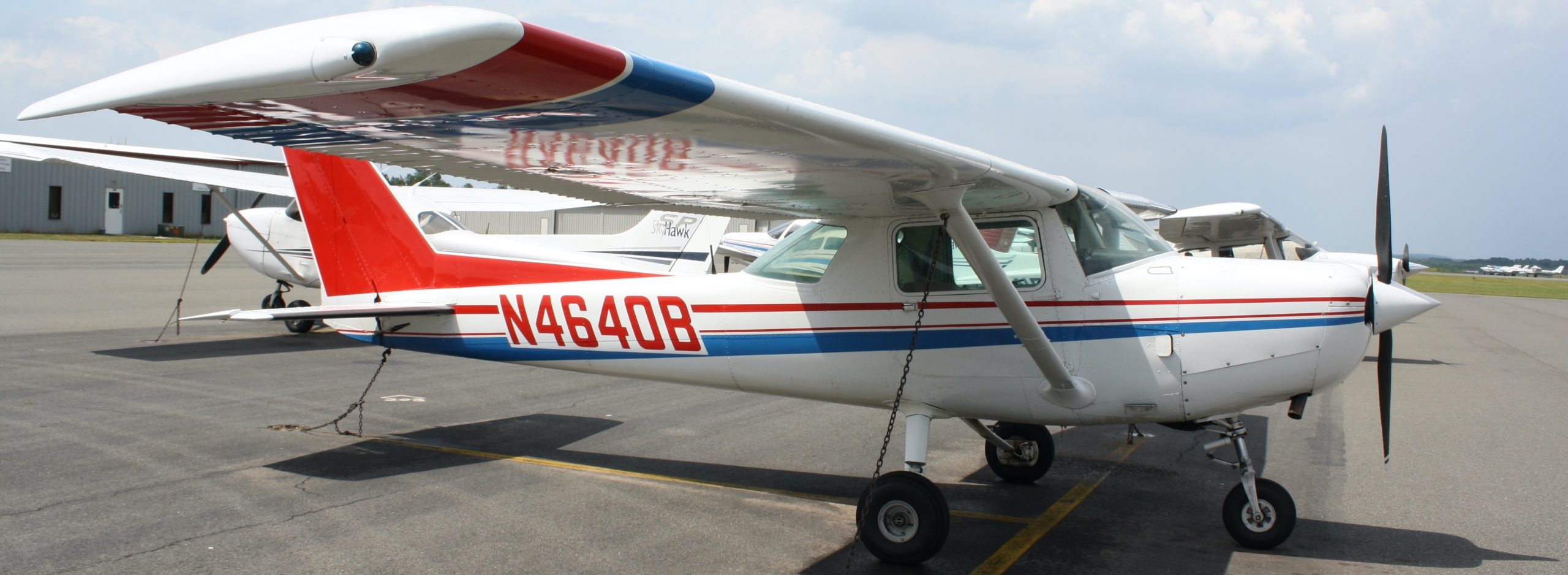Many people may believe that single-engine night flying is risky, bit if you take time to evaluate the risks and plan properly, you’ll find night flying is rewarding. Along with the additional preparation, some of the most scenic vistas you will encounter. A few considerations are in order.
One of the most significant factors that distinguishes night flying from day is vision. During the day visual acuity is dulled due to bright illumination. At night the rods of the retina are working at maximum to give the best night vision possible. Therefore, rods are very sensitive to the amount of oxygen in the bloodstream. To prevent hypoxia from becoming an issue it’s a good recommendation to use oxygen above 7000 ft at night on cross county flights. On an extended flight above 5000 ft the deficits are noticeable and above 10000 ft without O2, the effect for most pilots is pronounced. During descents for landing a few whiffs of O2 will improve vision considerably for landing no matter what the enroute altitude or time aloft. Another variable with night vision is the use of red light in the cockpit. In your twenties the use of red light is great and works just fine. After that, near vision starts deteriorating (i.e., reading), and since red is at the extreme end of the light spectrum, sharp focusing may become difficult if not impossible. It has been determined that a blue-white or dim white light is best for focusing on fine print with or without glasses.
Night flying demands more strict cockpit management and organization than daytime flight. As with so many things in aviation, redundancy is important – more than one flashlight, an additional pair of glasses, extra pencils, chars folded and in order of use, approach plates pre-selected and labeled for easy access. Both AOPA and JeppView IFR CD have printable large 8-1/2 by 11″ approach plates along with airport diagrams which are pleasurable for night use. If you do use red lens flashlights then don’t highlight your chars in red. Always pick things up and put them down in the same place every time. Know the particular airplane (not just the type) you are flying. You should be able to blindfold yourself on the ramp and know where every switch, lever, and knob are located and know their function. This is an important factor in being able to stay ahead of the airplane during times of high work load. Last but not least, respect the weather. Raise your personal minimums to allow for a greater margin of error. VFR into IMC can be immediate and without warning. Be aware of dew point spreads and their projected trends. If they are converging this means the possibility of ground fog and low ceilings. A halo around streetlights is an indication of possible increasing ground fog. The lack of lighted areas around major thoroughfares could mean few to scattered clouds. Double check clearance altitudes on charts.; what may seem like a cloud ahead may be hilly terrain. Plan shorter legs on your trips; you may need more than forty-five minutes of reserve fuel to reach an open airport. Be aware that Flight Watch (122.0) closes late at night. One additional tip in reference to your aircraft.; if maintenance has recently been completed make sure that a thorough preflight and a test flight during daylight hours has been done before attempting night flight.
Reference: IFR Operations Guide; Plane & Pilot Dec 2002
These safety tips are provided by the WCFC Safety Committee. They are intended to stimulate thought and discussion about flight safety and do not necessarily represent club policy nor are they intended to replace instruction from a qualified instructor.
